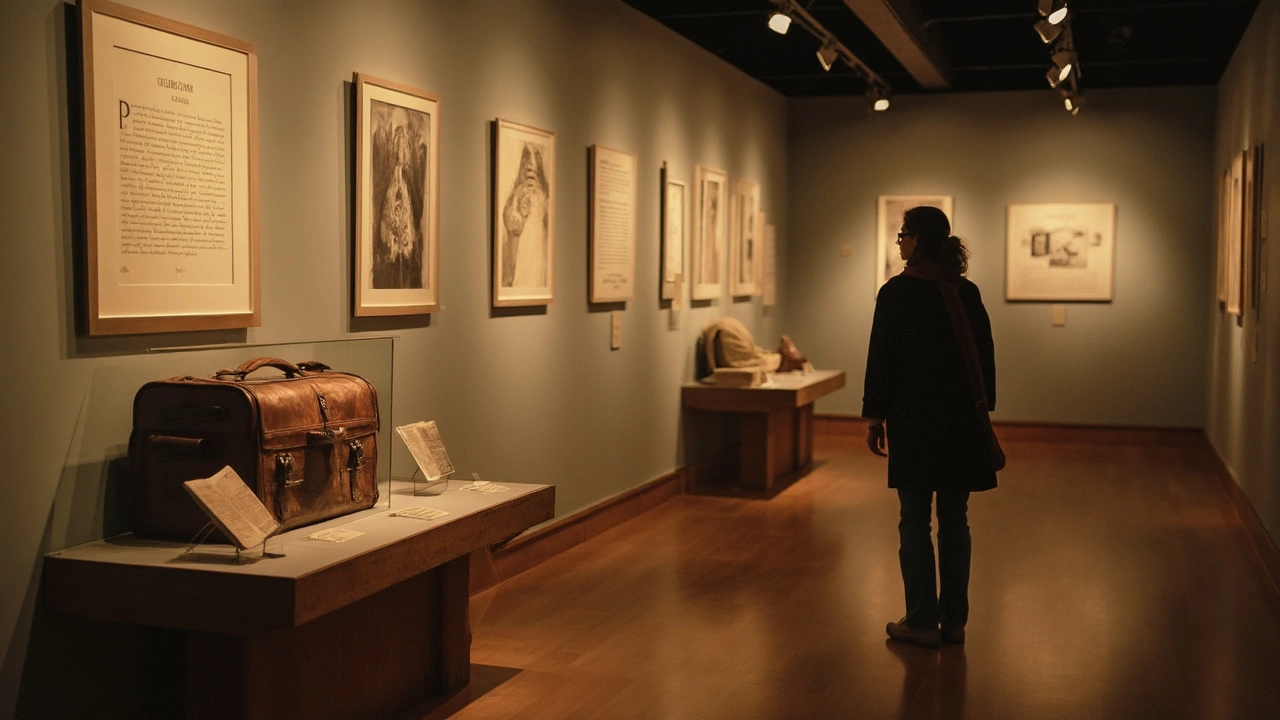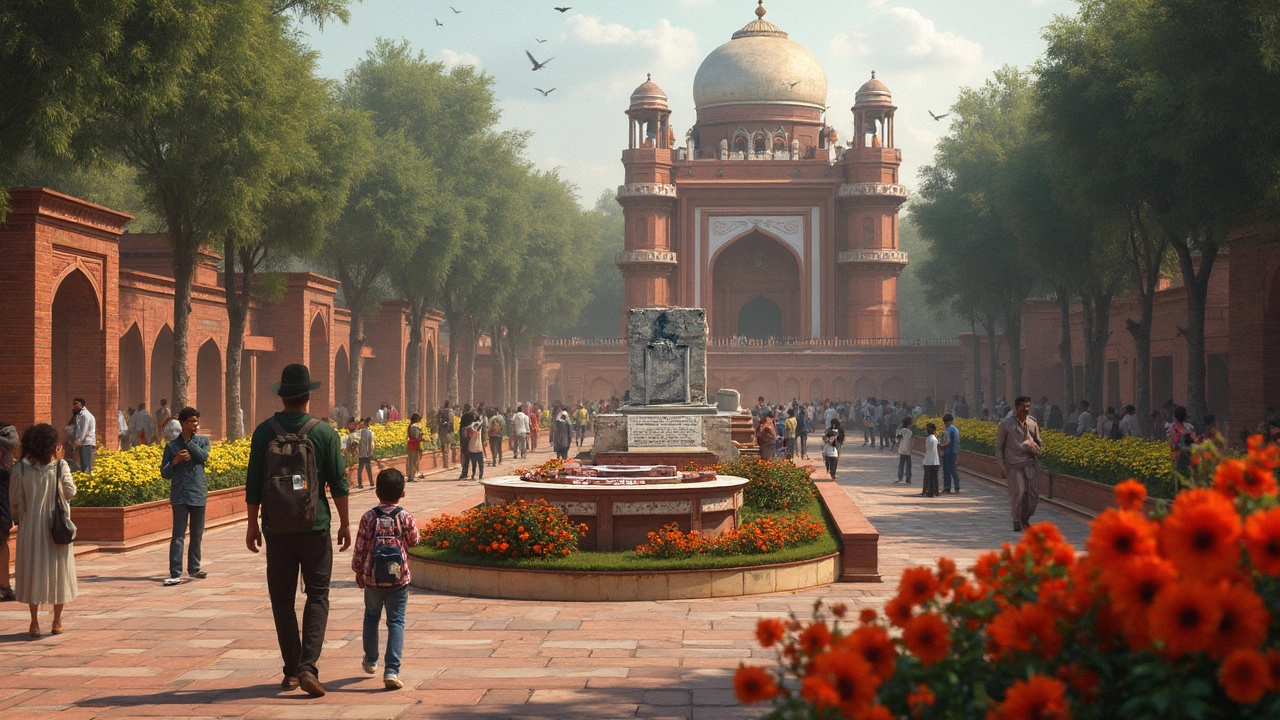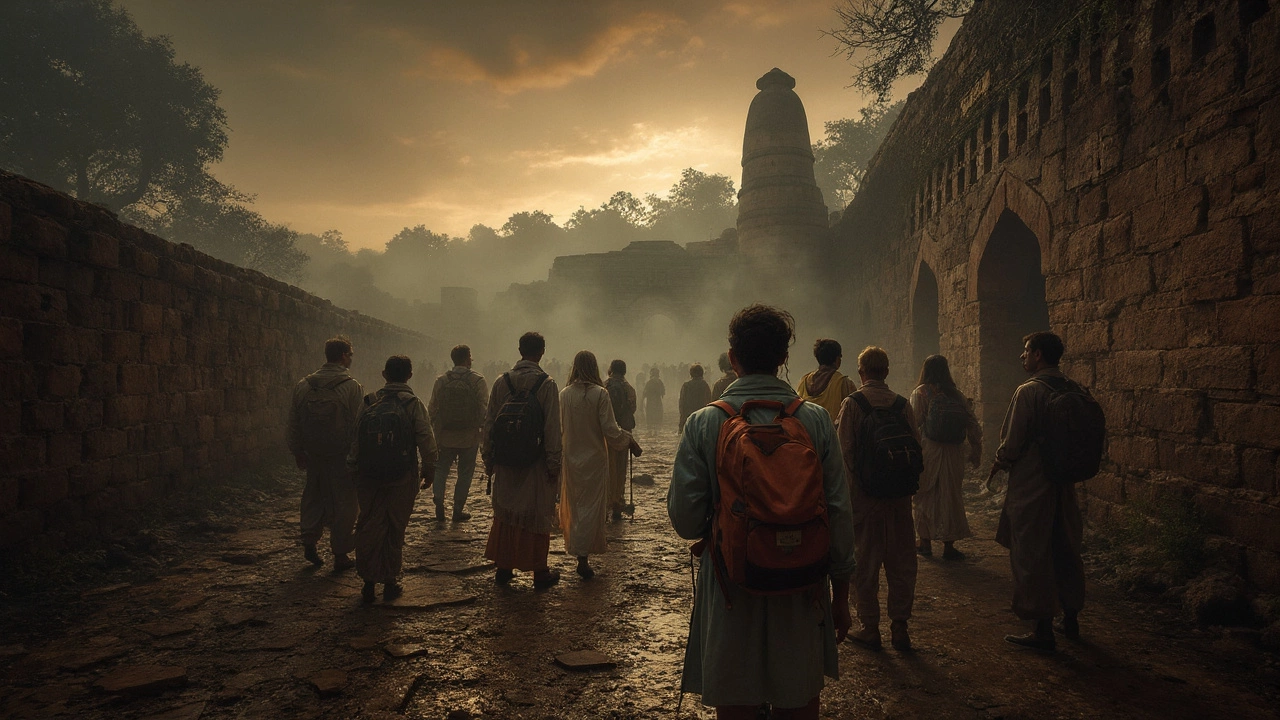Okay, let’s talk about something that might sound a bit eerie at first: dark travel. Ever wonder why people flock to sites where history took a grim turn? Well, it’s a thing known as dark tourism, and it's more about understanding than just the chills. India, with its epic past, is like a goldmine for this.
Dark tourism means visiting places linked to tragedy, death, or disaster. It’s not just about morbid curiosity; it’s about getting a real feel for history and human resilience. Think of it like a history book that you can walk through, where you can almost hear the echoes of the past.
In India, you’ve got so many intriguing spots. There are old forts where monumental battles took place, or sites like the haunting Jallianwala Bagh in Amritsar, which saw a tragic massacre in 1919. These places have stories that shaped India, and they give us a chance to reflect on our shared human experiences.
But diving into these experiences isn’t just about sightseeing. If you’re thinking of exploring these locations, it’s worth packing a bit of sensitivity along with your camera. You’re not just visiting a place; you’re stepping into a piece of history that holds deep meaning for many.
- Understanding Dark Tourism
- Historical Sites in India
- Memorials and Tragic Events
- Tips for Dark Tourism
- Ethical Considerations
Understanding Dark Tourism
Alright, so what’s the deal with dark tourism? It’s not about ghosts or haunted houses, but rather looking at the shadows of history with a curious and respectful lens. We're talking about visiting spots related to eerie parts of history, whether it be battles, natural disasters, or other tragic events.
The whole idea is to learn from the past. People who dig into dark tourism often seek deeper understanding rather than mere entertainment. It’s about diving into our collective human story and grasping the good, the bad, and the ugly that shaped it.
India, with its layered history, has a bunch to offer in this realm. You experience firsthand the sites that witnessed pivotal moments. For instance, the infamous Jallianwala Bagh demonstrates a poignant chapter in India's quest for independence. Visiting such places connects you to real stories beyond what any textbook could offer.
One key appeal of dark tourism is how it mirrors our world’s complex history. For instance, people used to talk about places like Pompeii or Auschwitz, which draw visitors wanting to reflect on human suffering but also resilience. In India, spots like the Cellular Jail in Andaman Islands echo similar tales of perseverance and offer lessons in harsh realities of colonial times.
But let’s keep it real—this isn’t for everyone. It requires a certain mindset. Visiting these places can be heavy, but many find it rewarding because it sparks a lasting impact on how they see the world and its history. So, if you’re up for it, dark tourism in India can be a meaningful voyage through time and emotion.
Historical Sites in India
So, let's dive into some key historical spots in India that are perfect for dark tourism. These places are not just slices of history but also a mix of the profound and the poignant.
First up, we have the haunting battleground of Panipat. This place was the site of three major battles that happened between 1526 and 1761. These battles really shaped North India's history and, standing there, you can almost feel the weight of past conflicts that shook empires.
Then there's Jallianwala Bagh in Amritsar, which is deeply significant in India’s struggle for independence. Back in 1919, a peaceful gathering turned tragic when British troops opened fire on a crowd, leading to hundreds of deaths. Today, it’s a memorial that captures the pain and bravery of that era.
Down South, we have Golconda Fort in Hyderabad. It’s not just a stronghold but a witness to a lot of bloodshed during the Mughal conquest. This fort tells tales of both power and downfall, mixing architectural brilliance with stories of siege and resilience.
Don’t miss the Cellular Jail in the Andaman Islands, also known as 'Kala Pani.' It was used by the British to exile political prisoners, and its corridors are filled with stories of hardship and endurance from India’s freedom fighters.
If you’re planning to visit these places, it’s good to do a bit of homework first. A guided tour can offer rich insights that you might miss on your own. And while there, remember to be respectful — these sites are not just tourist attractions but significant markers in the tapestry of India's past.

Memorials and Tragic Events
India's landscape is dotted with dark tourism sites, each with its own somber history. These locations provide a stark reflection of the nation's past tragedies, offering a chance to learn and remember.
Take the Jallianwala Bagh in Amritsar, for example. Back in 1919, this public garden was the scene of a horrific massacre where British troops fired upon a peaceful gathering, leaving hundreds dead and many more injured. The bullet holes still visible in the walls there are a haunting reminder of that day. Visiting this site is not about relishing in sorrow but understanding the impact it had in fueling India's fight for independence.
Then there's the partition museum in Amritsar, which chronicles the harrowing tale of the 1947 partition. This event led to one of the largest and most traumatic mass migrations in human history. The museum pays tribute to those who suffered during this turbulent time, with personal stories, artifacts, and photographs that offer a profound glimpse into the past.
Another significant site is the Cellular Jail in the Andaman and Nicobar Islands. Often referred to as 'Kala Pani,' this colonial jail held many Indian freedom fighters under terrible conditions. Today, it stands as a national memorial, where visitors can explore cells and learn about those who sacrificed much for India's freedom.
These memorials not only honor those who suffered but also educate future generations. Visiting them is a way to ensure the lessons of the past are not forgotten. While exploring these sites, it's important to approach with respect and empathy, acknowledging the pain and struggles that occurred.
Tips for Dark Tourism
Venturing into the world of dark tourism in India can be quite an eye-opening experience, but it does require a bit of preparation and mindfulness. Here’s how to make the most of it:
- Do Your Research: Before you head out, read up on the places you're visiting. Knowing the history and significance can really enhance your experience and help you appreciate the context of each site.
- Respect the Atmosphere: Many dark tourism sites are memorials for those who suffered. It's important to dress appropriately and maintain a respectful demeanor. Leave things as they are, and remember you’re a guest in a place that holds a lot of meaning for many people.
- Guide or No Guide: Decide whether you want to explore with a local guide or go solo. A guide can offer incredible insights and stories you might miss otherwise. If you choose to go without one, make sure to bring a good guidebook or notes, so you don’t miss the important bits.
- Take It In: These sites can be emotionally intense. Give yourself time to reflect on what you’ve learned and experienced. It’s okay to feel moved or even overwhelmed.
- Share with Sensitivity: While snapping a few pictures for personal memories is fine, be cautious about sharing them on social media. Think about how your photos might be received by others, especially those who might view them as part of modern-day cultural tourism from afar.
Visiting places like Jallianwala Bagh or the haunting sites in Old Goa is more than just ticking off a list. It's about learning, experiencing, and growing an understanding of what these sites represent in India’s historical journey.

Ethical Considerations
When jumping into the world of dark tourism, it’s super important to tread carefully. We’re dealing with places that aren’t just tourist attractions; they’re sites of deep emotional and historical significance. So, how do you enjoy these places while respecting their weighty past?
First off, always remember these sites might be sacred to locals or families connected to the history there. Showing respect means not treating these spots like a playground or a backdrop for selfies. It’s about honoring the stories and experiences that happened there.
And yes, it’s tempting to share your visit on social media, but think twice about how you frame it. Avoid posting pictures that could seem trivializing or insensitive. A respectful storytelling approach can help others learn.
Before you visit, do some homework. Knowing the site's history ensures you appreciate the significance and understand why it matters. If there are guided tours available, that’s a win for both learning and respecting how the story is told.
- Be mindful of how your visit affects the community. Some places can be overwhelmed by tourists, and not in a good way.
- Support locals by engaging their services or buying from area vendors; it’s a win-win, benefiting both you and them.
- Leave nothing behind. It's one thing to take memories home but quite another to leave a place cluttered with trash.
It might sound like a lot to think about, but these ethical considerations are key to ensuring that dark tourism remains a meaningful way to understand history, not just another checkbox on a bucket list.
